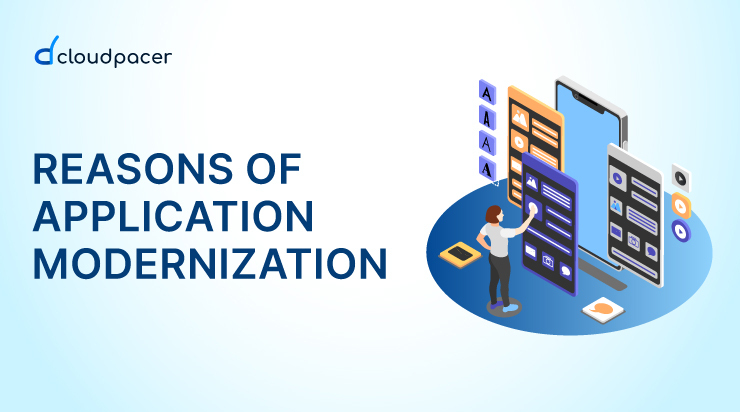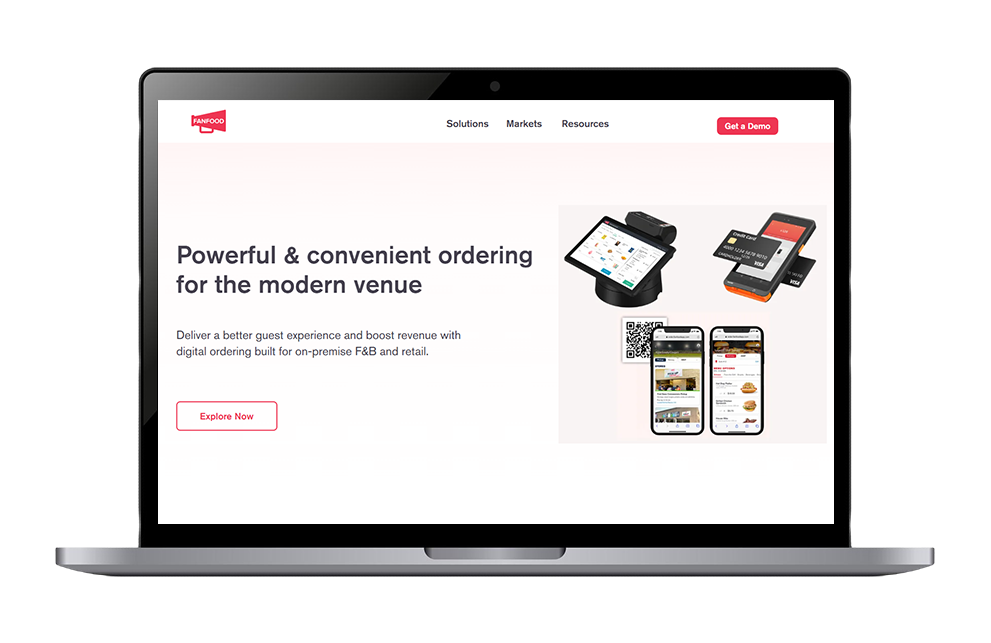The Cloudpacer Blog
Our official blog with news, technology advice, and business culture.

How to Modernize Legacy Applications
In the current ever evolving business ecosystem, legacy applications often block progress. These systems, marked by old technology and design, can limit an organization’s capability to adapt to new business needs and create serious security and operational problems. Being competitive is crucial in today’s fast-moving industry; this is where updating legacy applications becomes important. In this detailed guide, we will look at the details of legacy software updating, its key importance, ways to approach successfully, possible challenges and solutions to

How to Modernize Legacy Applications
In the current ever evolving business ecosystem, legacy applications often block progress. These systems, marked by old technology and design, can limit an organization’s capability

Why Application Modernization Matters: Benefits, Strategies, and Impact
Businesses have to stay competitive in the current digital era. As technology frameworks change frequently, the legacy application struggles to cope with the challenges and

Revolutionizing Bus Rentals: Optimized Performance & User Experience for Buslane
Buslane is an online platform that simplifies the process of booking bus and coach rentals. It allows users to specify start and end points, add stops, view live availability, check timings, and compare pricing, all through an intuitive interface. By improving the user interface, backend processes, and infrastructure,

Simplifying Rentals with Innovative Digital Solutions for Renteez
Renteez is an innovative real estate rental platform designed to streamline tenant screening, background checks, and digital contract signing for landlords and tenants. Cloudpacer developed its secure and scalable web application, integrating advanced security measures, compliance with regional privacy laws,

Transforming Radiology and Patient Care with Automation and Intelligent Data Solutions for SeeWithin
The main idea of Seewithin is to enhance healthcare outcomes. Their solutions focus on automating follow-ups, ensuring patient compliance, and streamlining communication among radiologists, physicians, and patients, ultimately reducing healthcare costs and improving efficiency.

How to Modernize Legacy Applications
In the current ever evolving business ecosystem, legacy applications often block progress. These systems, marked by old technology and design, can limit an organization’s capability

Why Application Modernization Matters: Benefits, Strategies, and Impact
Businesses have to stay competitive in the current digital era. As technology frameworks change frequently, the legacy application struggles to cope with the challenges and

A 300% scalability boost powering autocare e-commerce for an optimized experience for YupUp
YupUp, an e-commerce platform specializing in autocare, underwent a complete transformation with Cloudpacer’s cutting-edge tech solutions. By transitioning from WordPress to a scalable, feature-rich platform powered by AWS and modern frameworks, YupUp achieved a 300%

Connecting patients with specialists for comprehensive diabetes management for Ithnain
Ithnain is a digital platform designed to support people with diabetes by offering personalized medical, nutritional, and psychological guidance. It connects users with a team of trained specialists, including nutritionists and diabetes educators, to help manage their condition effectively. The app provides customized plans for diet, exercise, and health monitoring, aiming

Enhancing live events by revolutionizing food ordering experiences for FanFood.
FanFood started in an attempt to disrupt the concession stand model for large entertainment venues, including concerts, sporting events, and golf courses. The product aims at providing mobile pickup and delivery services during these events. The client wanted to address the concern of fans spending too much time on concessions, causing them to miss